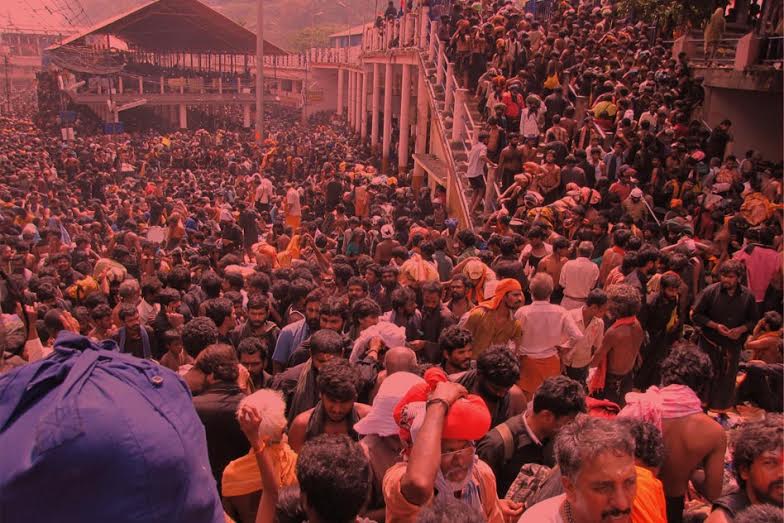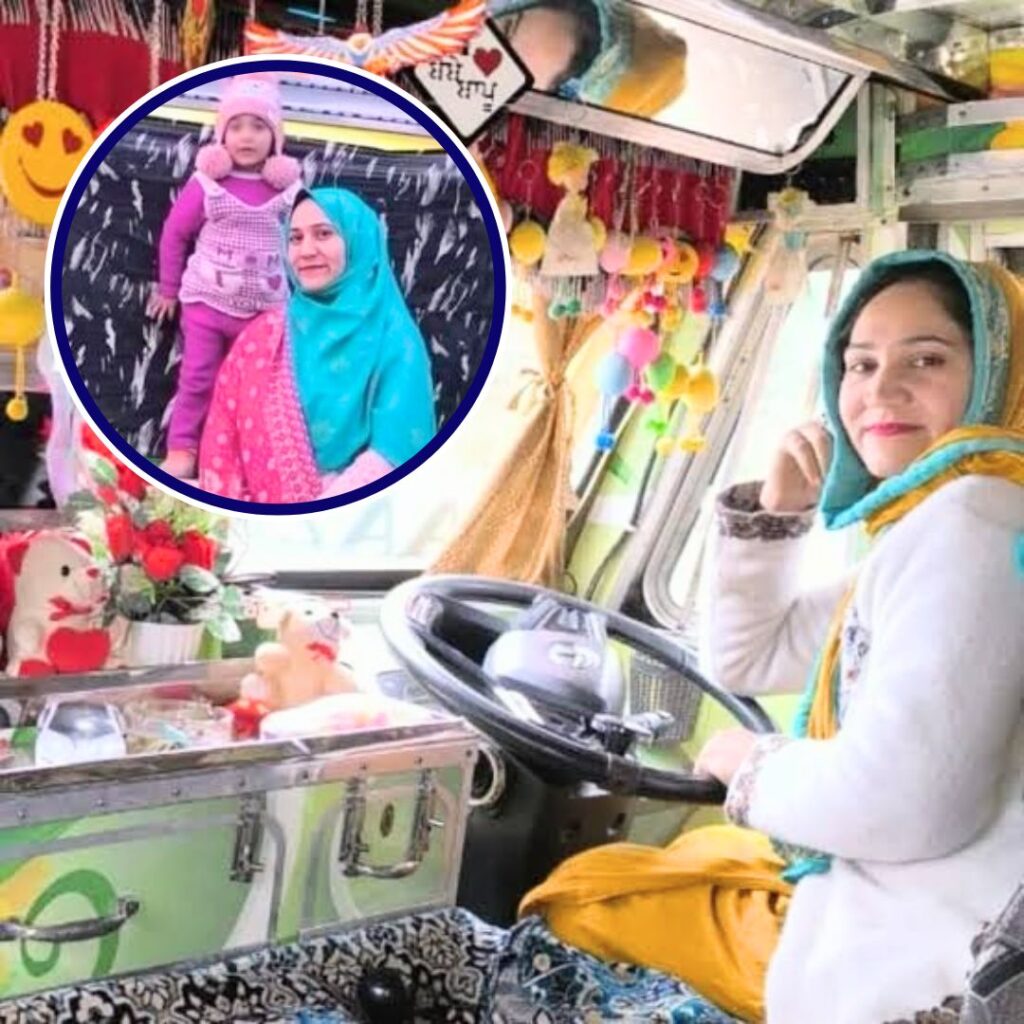No, we are not talking about some gory, barbaric practice of Nar Bali (nar = man, Bali = sacrifice) performed in a bygone era, very rarely followed in contemporary India. We are referring to stampedes that invariably occur as crowds jostle at various religious events and turn devilish in their effort to get a Darshan of their Ishta Devta – Puri Rath yatra, 2014 (22 killed), Ramnavmi celebration at Gandhi Maidan, Patna, 2014 (32 killed), Godavari Pushakaram, 2015 (27 killed ).
The latest one was at Puri Rath Yatra, 2015, between the market and Balagandi Chhaks areas, killing two women and injuring 20 others. DGP Marik said that there was the unprecedented turnout for the Rath Yatra this year. “More than 15 lakh people have congregated here, which is 50 percent more than last year”. However, the authorities knew that it was a special event, being the year of Nabakalebar which means old idols of the deities have been replaced with the new ones, and devotees wanted to catch the first glimpse of the new idols. They should have been better prepared.
“Prevention is better than the cure”. The Disaster Management Act, 2005, states that there should be a move from a reactive and responsive centric disaster management to a proactive and holistic one. Given below is a list of the best practices recommended by some international agencies, including the National Disaster Management Authority of India, to avoid stampedes and deaths thereby.
- The various stakeholders, that is, event organizers and event holders, local administration, police should sketch out, execute, review and revise the disaster plan in consultation with each other. This includes necessary approvals and updated administration about event schedule, venue, transport, medical, food, hygiene, and emergency facilities.
- The police should actively participate in venue assessment and preparedness checks and guide crowd and traffic movements. Event/venue managers can involve NGOs and civil defence in traffic control, people flow control, medical assistance, sanitation and mobilization of local resources in case of disaster.
- The latest and equitable methods of enforcing all laws governing events should be studied and implemented by City Council.
- Public education in crowd dynamics should be afforded equal importance to other safety programs by government, educational and public service agencies.
- Public should be educated by publicizing and enforcing house rules, local laws and by setting a courteous, professional standard of conduct by the personnel.
- Deployment of bee – line approach
- Constant monitoring of crowds for developing hazard points
- Alternative routes to release crowd pressure
- Accessibility of emergency exits at all times.
- There should be 3-4 meter gap in between rows of 5-6 shops, through which pilgrims can escape in case of unexpected rush.
- Discourage general admissions and have plans to handle VIP visitors or refuse VIPs where it adds to the safety concerns.
- A public address system, with loudspeakers installed at all crowded points.
- Since many religious places are located on top of hills or mountains, there can be separate tracks for pilgrims travelling by foot and those covering the journey on ponies/mules.











